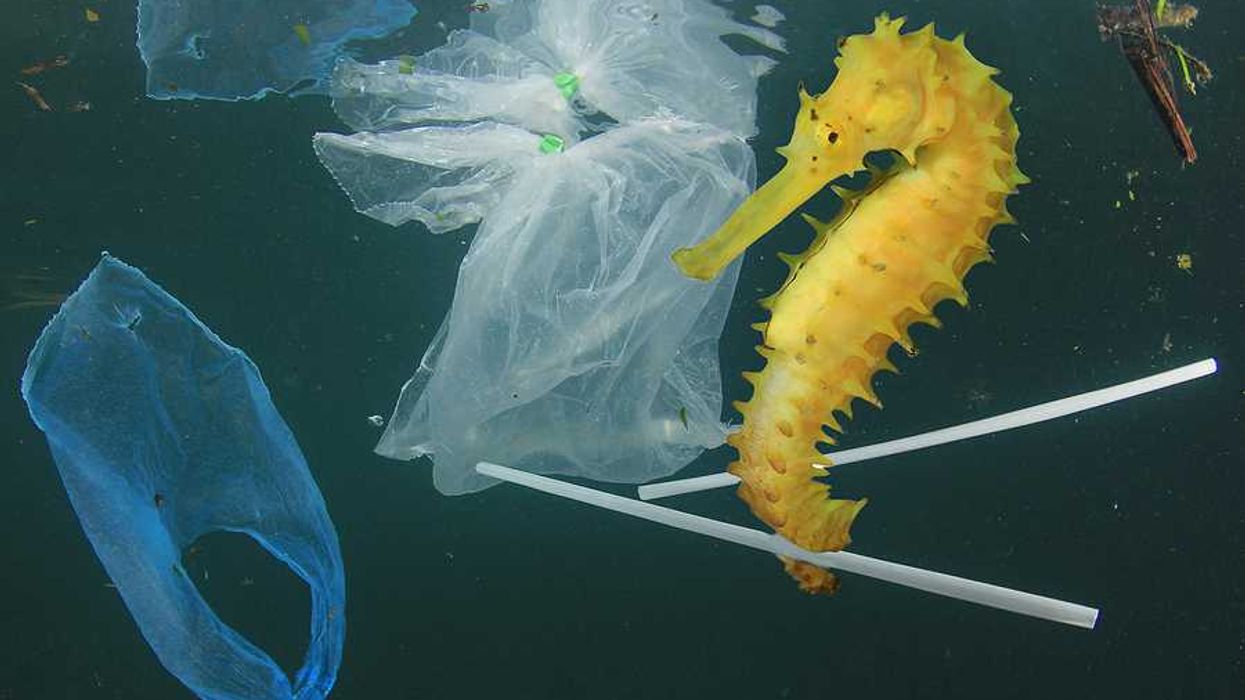Twenty years after first suggesting it, federal regulators on Monday proposed adding a group of plastic additives common in toys, flooring and fabric coatings to its list of toxic chemicals, concluding that it can "reasonably be anticipated to cause cancer and serious or irreversible chronic health effects in humans."
The ruling by the U.S. Environmental Protection Agency affects DINP, a family of di-ester phthalates widely used as plasticizers. It comes 22 years after the EPA first proposed adding DINP to the list, known as the Toxics Release Inventory.
Manufacturers treat plastics with DINP-category chemicals to provide greater flexibility and softness to the final product, the EPA said.
Toxics Release Inventory

Drums of DINP ready for shipment
Credit: Zhengzhou Meiya Chemical Products Co.
If finalized, the rule will require manufacturers that make or process more than 25,000 pounds of DINP-category chemicals per year – or use more than 10,000 pounds annually – to report certain information to the agency. That data include quantities of DINP-category chemicals released into the environment or otherwise managed as waste.
The Toxics Release Inventory is meant to give the public information about chemicals at facilities in their area, how they are being managed, and if they are being released into the environment. Facilities that make and use the chemicals and the waste sites where the products end up are disproportionately found near impoverished neighborhoods, often home to People of Color.
DINP health risk
DINP-class chemicals are suspected carcinogens. The European Food Safety Authority considers them to be endocrine-disrupting compounds that interfere with testosterone. The EPA attributes exposure to developmental effects and kidney and liver toxicity.
Earlier this year, the Healthy Environment and Endocrine Disrupting Strategies coalition, a group of senior researchers concerned about chemicals that hijack hormonal function, issued a warning about DINP to manufacturers seeking a replacement for other harmful plasticizers such as DEHP.
"Enough is known to classify it as an anti-androgen, a developmental neurotoxicant, and a potential obesogen," the group said. "Precautionary science argues against that replacement." HEEDS is a project of Environmental Health Sciences, publisher of EHN.org.
New approach to chemical regulation
Patricia Taylor, former director of the Plastics and Waste Reduction Project at Environment and Human Health, Inc., called this a "possible sea change" for federal chemical management.
"The public will gain access to this information and this will allow them to better protect themselves against exposures and to ask for monitoring, regulations, and restrictions or bans," she said. That data, she added, can be used by researchers to analyze health and environmental impacts in studies such as health and life-cycle assessments.
Taylor noted two other striking takeaways from Monday's decision:
First, federal regulators first raised alarm about health impacts associated with the chemical in 2000. "This is a clear example of the glacial pace of the review process at EPA," she said.
Second, the ruling covers a class of chemicals, rather than a specific one – suggesting the EPA is "inching towards" policies that regulate chemicals by class. "This is something being strongly recommended by independent scientists who research chemicals such as phthalates, bisphenols and other endocrine disruptors used to make plastics," Taylor said.
"Such restrictions by class would prevent some of the 'regrettable substitutions'" – many compounds used in "BPA-free" products are just as harmful as BPA, for instance – "which are now standard practice by industries when faced with information that a chemical in their product is harmful to health or the environment."



















